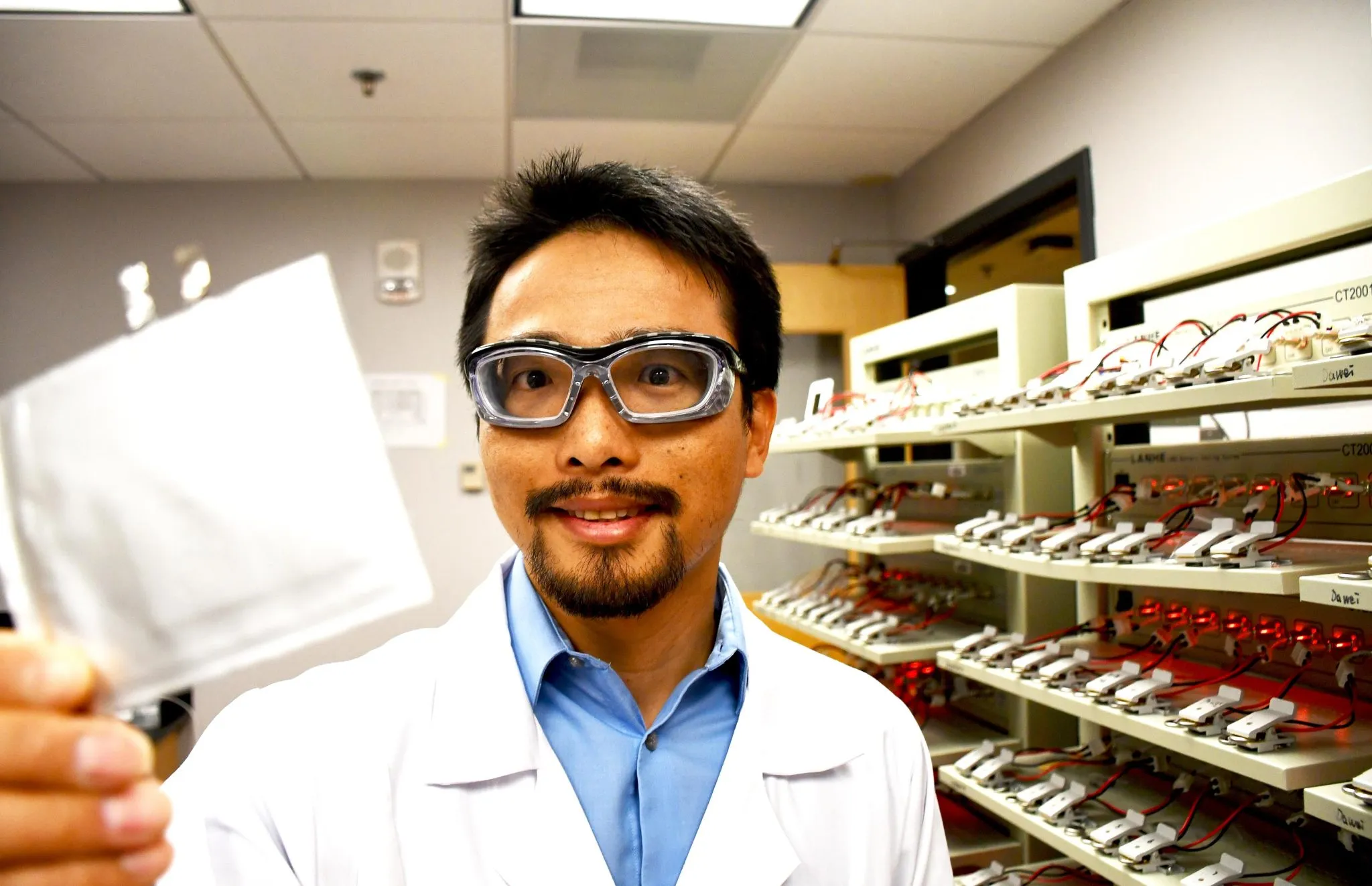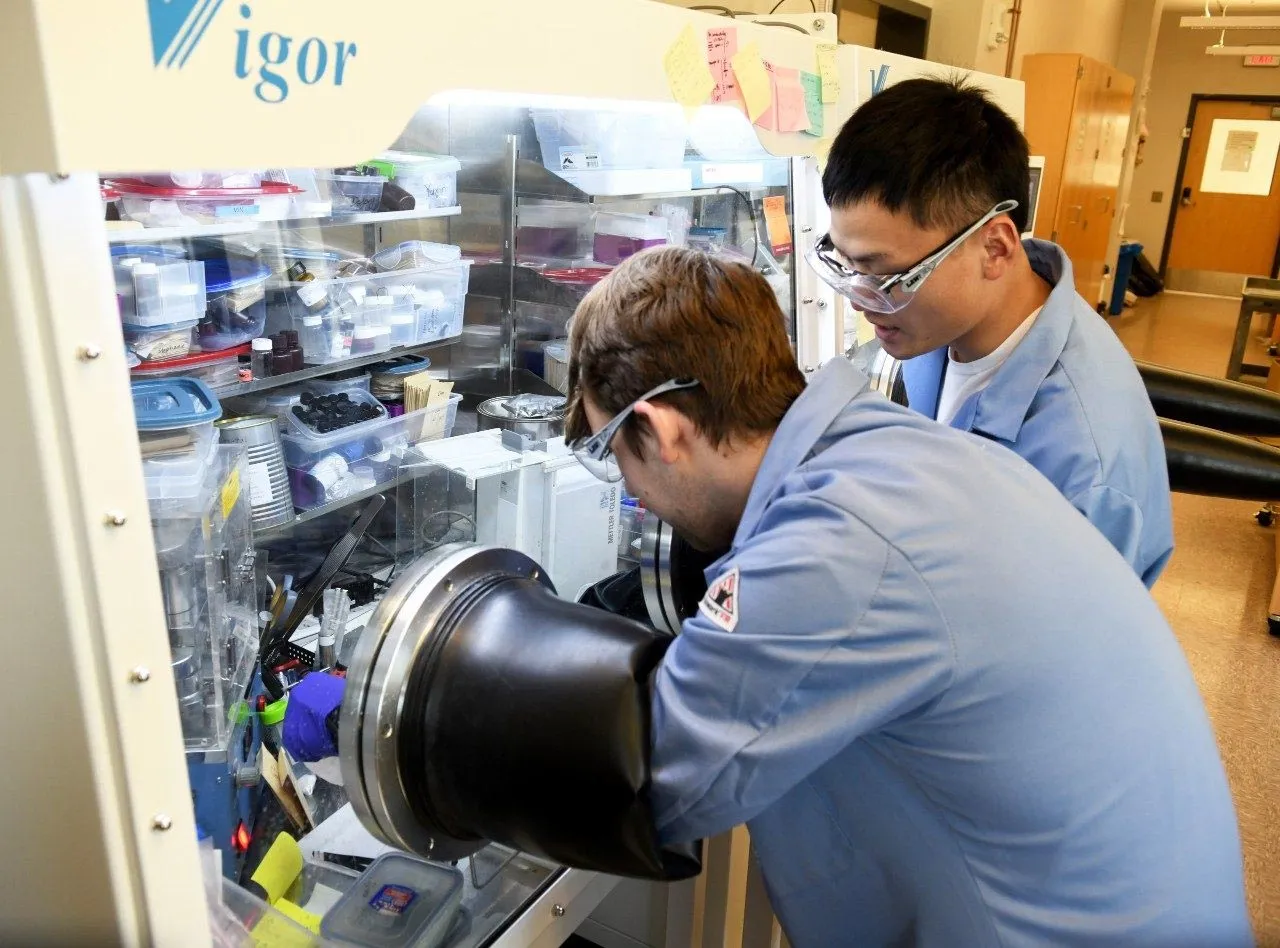On April 28, 2022, Science Published A New International, Multi Agency / University Study Which Launched A New Observation On The Factors Driving Battery Life And How These Factors Change With Time Under Rapid Charging Conditions , Including Feng Lin, An Associate Professor From The Department Of Chemistry At Virginia Tech University.
It Is Found That In The Early Stage, The Attenuation Of Battery Seems To Be Driven By The Characteristics Of Single Electrode Particles, But After Dozens Of Charging Cycles, How These Particles Are Combined Is More Important.
"This Study Really Illustrates How We Design And Manufacture Battery Electrodes To Achieve A Long Cycle Life Of The Battery," Lin Said

"This Study Really Reveals How We Design And Manufacture Battery Electrodes To Achieve A Long Cycle Life Of The Battery. His Laboratory Is Now Working On Redesigning Battery Electrodes With The Goal Of Creating An Electrode Architecture That Can Provide Rapid Charging Capacity, Maintain A Longer Life At A Fraction Of Today's Cost, And Be Environmentally Friendly," Lin Said.
"When The Electrode Architecture Allows Each Individual Particle To Quickly Respond To Electrical Signals, We Will Have A Good Toolbox To Quickly Charge The Battery. We Are Happy To Apply This Understanding To The Next Generation Of Low-cost And Fast Charging Batteries," Lin Said.
Lin Is The Co Lead Author Of The Study, In Collaboration With The SLAC National Accelerator Laboratory Of The U.S. Department Of Energy, Purdue University And The European Synchrotron Radiation Facility. Xu Zhengrui And Hou Dong, Postdoctoral Researchers Of Lin Laboratory, Are Also Co Authors Of The Paper. They Led Electrode Manufacturing, Battery Manufacturing And Battery Performance Measurement, And Assisted In X-ray Experiments And Data Analysis.

"The Basic Building Blocks Are The Particles That Make Up The Battery Electrodes, But When You Zoom In, The Particles Interact," Said Yijin Liu, A SLAC Scientist. "So If You Want To Build A Better Battery, You Need To Study How To Put These Particles Together." It Is Reported That Liu Is A Researcher Of Stanford Synchrotron Radiation Light Source (SSRL) And A Senior Author Of The Research Paper.
As Part Of Their Research, Lin, Liu And Other Colleagues Used Computer Vision Technology To Study How The Individual Particles That Make Up The Electrodes Of Rechargeable Batteries Break Over Time. The Goal This Time Is Not Just To Study Individual Particles, But How They Work Together To Extend - Or Reduce - Battery Life. Their Ultimate Goal Is To Learn New Ways To Squeeze More Life Out Of Battery Design.
As Part Of Their Research, The Team Studied The Battery Cathode With X-rays. They Used X-ray Tomography To Reconstruct 3D Images Of The Battery Cathode After Different Charging Cycles. They Then Cut The 3D Images Into A Series Of 2D Slices And Used Computer Vision To Identify The Particles. In Addition To Lin And Liu, The Study Also Included SSRL Postdoctoral Jizhou Li, Professor Of Mechanical Engineering At Purdue University Keije Zhao And Postgraduates Nikhil Sharma At Purdue University.
The Researchers Finally Identified More Than 2000 Individual Particles. They Not Only Calculated The Characteristics Of A Single Particle, Such As Size, Shape And Surface Roughness, But Also Calculated The Frequency Of Direct Contact Between Particles And The Change Of Particle Shape.
Next, They Studied How Each Of These Properties Contributed To The Rupture Of The Particles, And An Amazing Pattern Emerged. After 10 Charging Cycles, The Biggest Factor Is The Characteristics Of Individual Particles, Including The Sphericity Of Particles And The Ratio Of Particle Volume To Surface Area. However, After 50 Cycles, Paired And Grouped Properties - Such As How Far Apart The Two Particles Are, How Much Their Shape Changes, And Whether The More Slender, Football Shaped Particles Have Similar Directions - Drive The Rupture Of The Particles.
"It's No Longer Just The Particles Themselves. What's Important Is The Interaction Between Particles. This Is Important Because It Means That Manufacturers Can Develop Technologies To Control This Characteristic. For Example, They May Be Able To Use Magnetic Or Electric Fields To Align Slender Particles With Each Other, And The New Results Show That This Will Lead To Longer Battery Life," Liu Said.
As A Member Of The Institute Of Macromolecular Innovation Of Virginia Tech University And An Affiliated Faculty Member Of The Department Of Materials Science And Engineering Under The School Of Engineering Of Virginia Tech University, Lin Added: "we Have Been Vigorously Investigating How To Make Electric Vehicle Batteries Work Efficiently Under Fast Charging And Low Temperature Conditions. In Addition To Designing New Materials That Can Reduce Battery Costs By Using Cheaper And Richer Raw Materials, Our Laboratory Has Also Been Committed To Understanding Battery Behavior Away From Balance. We Have Begun To Study Battery Materials And Their Response To These Harsh Conditions."
Zhao, A Professor At Purdue University And Co-author, Compares Degradation To People Working In Groups. "Battery Particles Are Like People - We All Go Our Own Way At First. But In The End, We Meet Other People, And We End Up In Groups And Moving In The Same Direction. In Order To Understand Peak Efficiency, We Need To Study The Individual Behavior Of Particles And The Behavior Of These Particles In Groups At The Same Time," Zhao Said.

